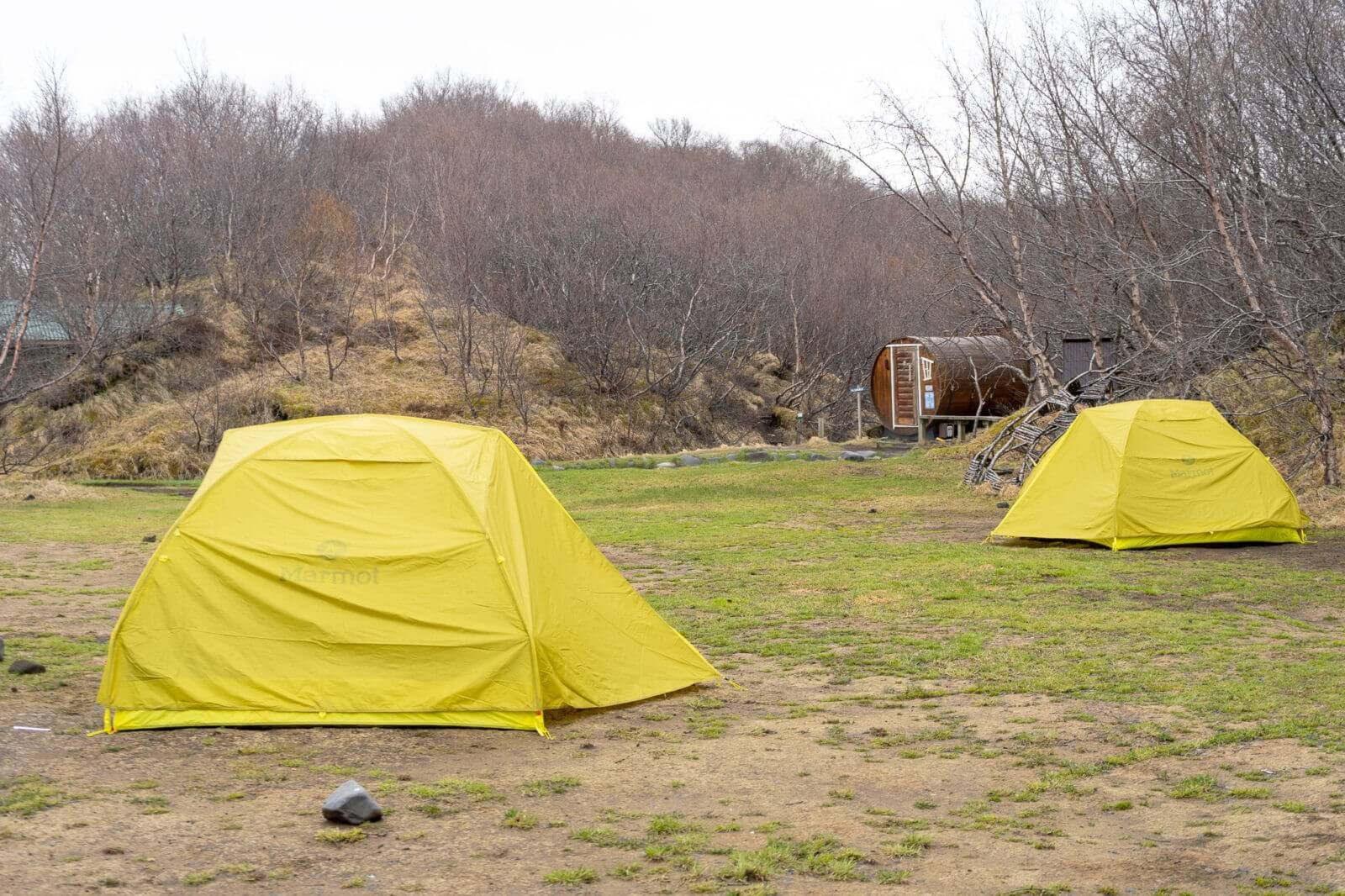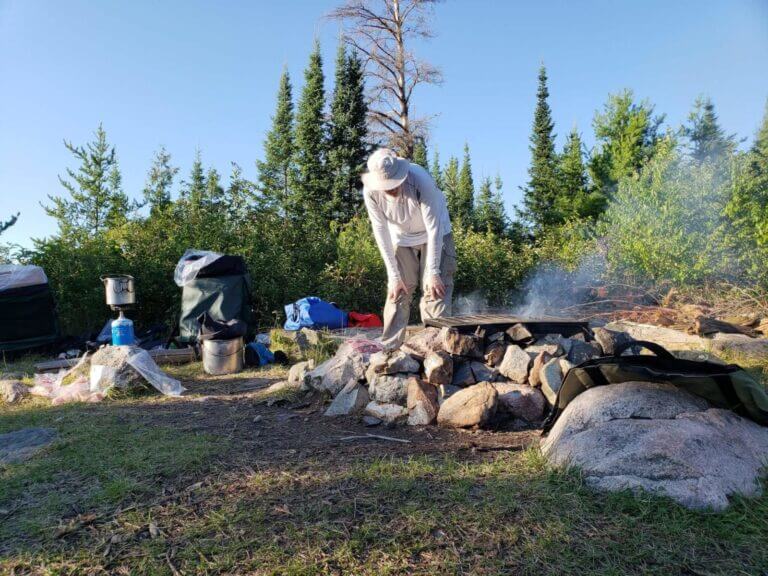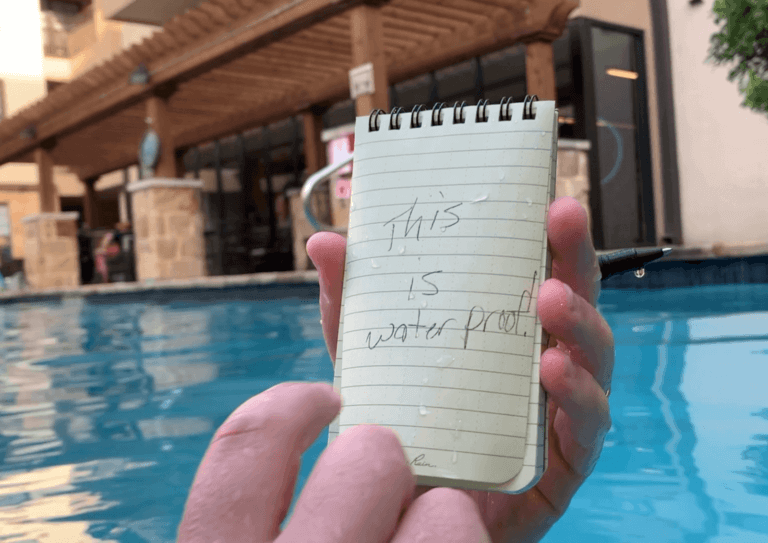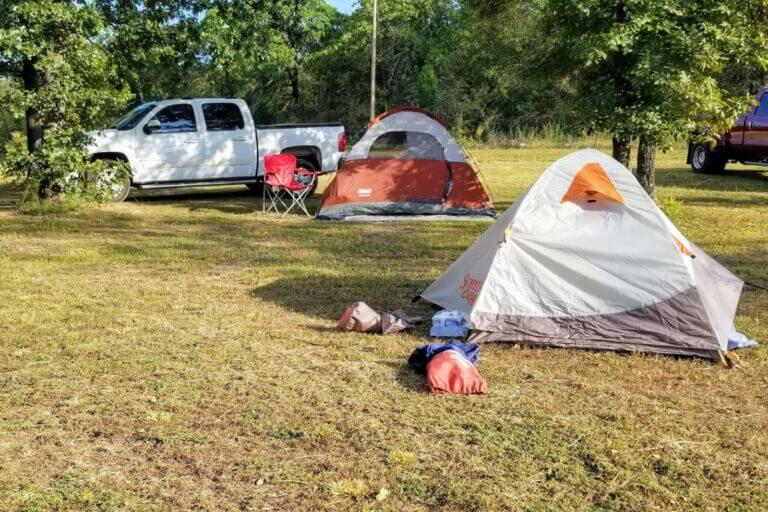Tent care, before during and after your adventure
Let’s be honest, tent care isn’t one of the cool things about planning an adventure. In-fact, it’s probably not something most people think about at all, but taking care of your tent correctly can increase the life of your investment and help make sure your tent performs well in inclement conditions.
Good tent care starts with storage
One of the most important ways to care for your tent has to do with how you store it. To reduce overall weight, most tents are made with lightweight materials that are designed to keep moisture out. Manufacturers also use a variety of techniques to ‘weld’ seams of the tent to make sure water doesn’t find its way through ‘cracks’. While a weekend of wet camping won’t cause damage to the tent, sustained moisture during storage can severely impact the welding and moisture-repelling qualities of the materials. That’s why it’s extremely important to dry your tent thoroughly before storage, and make sure to store it in a cool, dry environment. If you live in a humid area, you might consider storing your tent in a space that’s climate controlled such as an indoor coat closet.
Clean your tent before storing
Before storing, always remember to clean your tent. Remove dirt, sticks, rocks, and debris from stakes and the tent floor. If parts of the tent are excessively soiled, attempt to remove the dirt with a dry towel. If using a dry towel isn’t effective, use a slightly damp towel with only water.
Inventorying your tent
Part of tent care is making sure you have all the parts. If you’re an occasional camper, you might not remember exactly what condition the tent was in after the last use. And of course, it’s never fun to plan a trip and realize you have to make an emergency trip to the store to purchase a shelter for your upcoming adventure.
We use a basic tent inspection report whenever we check tents to sell in our used camping gear section. We suggest you consider doing the same so you always know at a glance what condition the tent is in.
Missing parts
If you’re missing a piece like a pole, stake, or rain fly, contact your manufacturer or give us a shout and we can help track down the correct replacement part for you.
Where you setup your tent matters
Protecting the tent floor
Besides being a bit uncomfortable, setting your tent up on top of rocks or sticks can lead to rips and punctures in the tent floor. When scouting a good location for your evening under the stars, look for a place free from sticks, rocks, and other debris and make sure to use a ground cloth / footprint (most tent floors are waterproof and work fine without a footprint, but using one protects your tent from the floor hazards).
UV, the silent killer of tent fabric
While moisture can hurt your tent over time, seams can be re-sealed. However, UV radiation from the sun is the biggest contributor to material fatigue and failure. This type of damage to tent fabric can’t be reversed, so it’s a good idea to set your tent up in a shaded area not only for your comfort, but to increase the longevity of your tent. If it’s impossible to find a shaded area, utilize a sloped tarp above your tent to keep it out of direct sunlight.
Those are the basics. If you’ve got a specific question about setup, storage, or repair, don’t hesitate to get in touch. We’re here to help.







